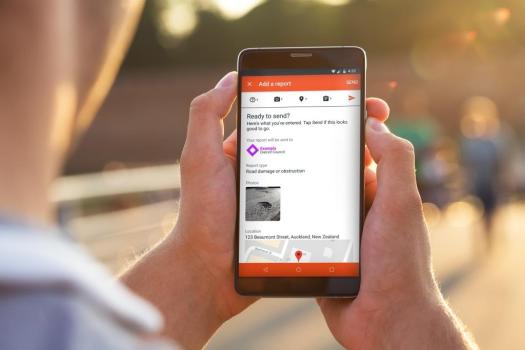
Public meetings and submissions still dominate councils’ community engagement but emerging methods are becoming increasingly popular, research shows.
Two thirds of local government use public meetings and submissions, advisory groups, drop-in sessions and online surveys to inform their decision-making, according to new research from the Institute for Public Policy and Governance at the University of Technology, Sydney.
But councils appear less committed to these tried and tested community engagement methods in the future, the findings show.
Doctoral students Helen Christensen and Dana McQuestin surveyed 175 councils in NSW, Queensland, South Australia and Victoria on their current community engagement processes and plans for future approaches.
They found 82 per cent of councils were currently using public submissions yet only 54 per cent intended to use this traditional approach in the future.
Similarly, online surveys were currently used by 74 per cent of councils but just half planned to keep using them.
The councils’ current preference for traditional engagement methods mirrors a similar trend overseas, according to the findings published in the journal Local Government Studies.
“Although, surprisingly, councils are less committed to using these methods in the future,” write Ms Christensen and Ms McQuestin.
Public meetings saw the sharpest decline, with a 44 per cent drop from councils’ past to intended future use, they found.
On the flipside, nearly one third (31 per cent) of councils said they plan to adopt participatory budgeting in the future, despite only 11 per cent of them using it currently.
The researchers say:
“This is especially noteworthy given that participatory budgeting processes have been used in Australia local governments only in the past five years.”
Similarly, a quarter of councils said they plan to use co-design in the future, up from one fifth who used it in the past.
Overall, councils undertake 29 community engagement processes on average each year, which typically involves a number of methods or activities for one particular decision-making purpose.
More community engagement processes were reported in capital city and metropolitan councils (44 on average) compared to urban regional councils (34), urban fringe councils (29) and rural and remote councils (15).
The greater engagement by urban councils could be explained by more available funding or a higher prevalence of activist groups, or a high degree of social connection among regional councils that would reduce the need for formal engagement processes, the researchers suggest.
Effectiveness driving engagement
When councils were asked what they thought was driving community engagement, most pointed to its effectiveness in assisting with decisions (28 per cent), statutory requirements (22 per cent) and enthusiasm and demand from the public (18 per cent).
Local government staff also highlighted demand from their executives, council policy, recent amalgamations and risk or reputation management as other drivers for community engagement.
Who does community engagement?
The findings also show that regardless of disciplinary background and area of expertise, local government staff are largely expected to have a degree of understanding and involvement in the planning and delivery of community engagement.
For almost half of the councils, staff in the relevant work area (for example, land use planning or community services) worked with specialist staff to plan and deliver the community engagement.
The survey found that the staffing arrangements in most councils did not extend to having specialist community engagement staff.
Difficulties
In terms of the main challenges in engaging their communities, the time required (37 per cent) and lacking of budget (14 per cent) were the most commonly cited issues.
“The highest reported driver for community engagement practice is its known effectiveness for assisting in decision making, and the highest reported challenge in planning and delivering community engagement is the time required,” the researchers conclude.
Comment below to have your say on this story.
If you have a news story or tip-off, get in touch at editorial@governmentnews.com.au.
Sign up to the Government News newsletter.

